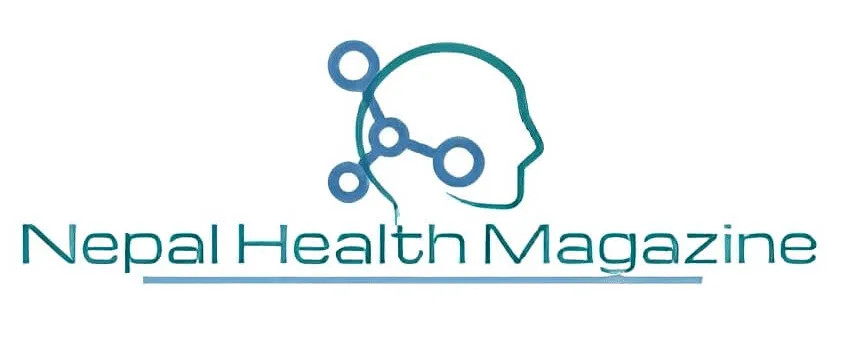Implementation guide for mOralHealth | WHO : Oral diseases are widespread and greatly impact the health and well-being as well as compromise the social interactions and economic productivity of those affected. Utilization of mobile technologies in health has increasingly been shown to enhance existing approaches to improve general health. It also holds great potential to improve oral health and prevent and manage oral diseases.
Oral diseases affected about 3.5 billion people around the world in 2017, untreated dental caries in permanent teeth being the most prevalent condition. Severe periodontal disease is widely spread and is a major cause of total tooth loss Cancers of the lip and oral cavity are among the 15 most common cancers worldwide. Other lesser known oral diseases such as noma also have significant health, social and economic impacts in some regions, resulting in high mortality and disabilities in those affected. Among the most common congenital conditions are cleft lip and palate, which require early and complex surgical interventions and rehabilitation. Similar to other ailments, oral diseases primarily affect the poorest, most disadvantaged and most socioeconomically marginalized populations. Oral diseases considerably affect health, wellbeing and quality of life across the life course, especially where resources for prevention, diagnosis and treatment are limited. Approaches based on new technologies, such as mHealth, can be used to promote oral health as well as to prevent and control oral disease. Against this background, the mOralHealth programme was jointly developed by the WHO Global Oral Health Programme and the BHBM initiative. It aims to contribute to the achievement of better oral health as part of the 2030 Sustainable Development Agenda, including universal health coverage (UHC), as well as well as to tackle the burden of noncommunicable diseases (NCDs).
What is an mOralHealth programme?
Based on the burden of oral diseases and the potential of mHealth, the WHO Global Oral Health Programme, as part of the joint WHO–ITU BHBM initiative, made the development of the mOralHealth programme one of its priorities. The main aim is to support Member States in improving oral health worldwide in the context of attaining the Sustainable Development Goals (SDGs), including the achievement of UHC, with a basic package of oral health care. At the country level, an mOralHealth programme is intended to complement, support and strengthen implementation of a national oral health policy or interventions using mobile and digital technologies. In the area of oral health, mHealth is a growing sector, and mHealth interventions have demonstrated significant potential for examples of mHealth programmes promoting oral health.) Against this background, mHealth approaches may be implemented and further strengthened to help promote oral health. While mHealth provides great opportunities, it also entails challenges to employ mobile technologies in a way that ensures everyone benefits and that inequalities in health and oral health are reduced instead of contributing to further widening the gap and leaving people behind. Where there are existing mHealth and digital health programmes, interoperability of the mOralHealth programme also needs to be considered.


Advocacy and promotion of the mOralHealth programme are crucial to inform and attract members of the target groups to participate in the mOralHealth module. Without a critical number of participants, the mOralHealth programme will only have limited outcomes. Making the subscription process as easy and convenient as possible will reduce deterrence and facilitate enrolment.
Available through public domain who.int
- Webinar on World Hand Hygiene | Register today
- World’s First 5-in-1 vaccine against meningitis | Men5CV
- World Health Worker Week 2024 | Know theme
- World Autism Awareness Day 2024 | Know theme
- Staff Nurse | OCH | latest jobs vacancy 2024
- World Hepatitis Summit 2024 | WHO
- Staff Nurse | TLMN | ngo jobs 2024
- World Health Day 2024 | Know theme
- Measuring access to assistive technology in Nepal | Country Report
- Migration Health Nurse | IOM | ingo jobs
- Nursing Officer | Kopila Valley | nursing jobs 2024
- Benefits and risks of using artificial intelligence for pharmaceutical development and delivery | WHO
bachelor jobs bph jobs covid19 health health for all health guidelines new health jobs healthjobs healthjobs in nepal health jobs vacancy health public health update ingo jobs jobs after passing bachelor jobs for bph jobs in nepal jobs in ngo ngo jobs ngo jobs vacancy ngo jobs vacancy for bph ngo job vacancy 2021 nurse jobs nurse jobs 2021 nurse vacancy nursing insurance nursing job nursing jobs nursing jobs 2021 nursing jobs in nepal nursing law nursing officer Nursing Vacancy Public health Public health concern public health important days Public health in Nepal publichealth jobs public health updated Staff Nurse Staff Nurse and HA Vacancy | Nepal Army 2021 staff nurse vacancy staff nurse vacancy in ngo 2021 nepal staff nurse vacancy kathmandu who guidelines WHO official

Hey there, I am Nirdesh Baral, founder of Nepal Health Magazine. I am a Tech geek by passion , Public health practitioner by profession and an Ailurophile by heart and a patriot by birth



